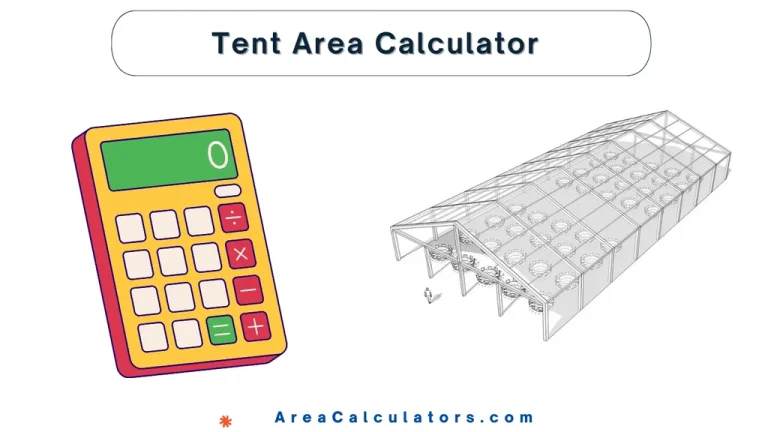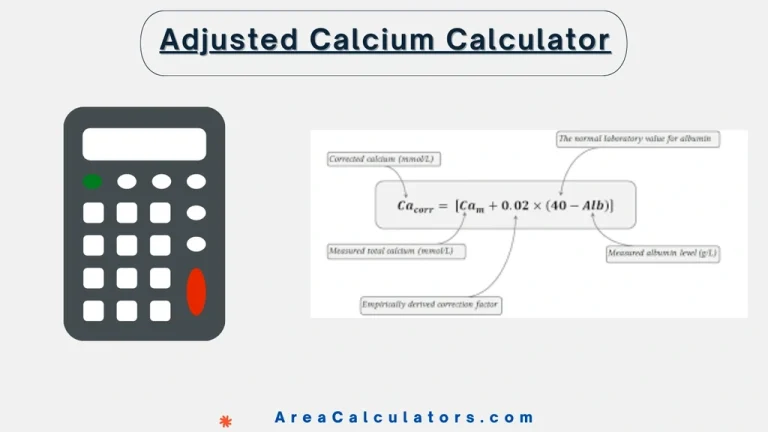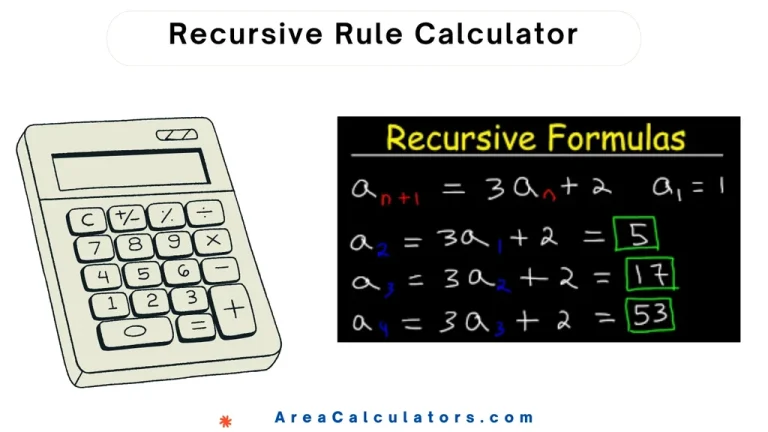Spread Rate of Paint Calculator
To determine the Spread Rate of Paint (SRP), divide the total area to be painted by the quantity of paint used. This calculation helps estimate paint coverage, ensuring efficient usage and avoiding waste.
To determine the Spread Rate of Paint (SRP), divide the total area to be painted by the quantity of paint used. This calculation helps estimate paint coverage, ensuring efficient usage and avoiding waste.
The Spread Rate of Paint Calculator simplifies the task of estimating how far your paint will go, whether for a home improvement project or a large-scale painting job.
By calculating the coverage area per unit of paint, you can accurately plan the amount needed, saving time, cost, and effort. With precise results, this tool is ideal for homeowners, contractors, and paint suppliers.
SRP = TA / GP
| Variable | Description | Unit |
|---|---|---|
| SRP | Spread Rate of Paint | Square Units / Gallon |
| TA | Total Area to be Painted | Square Units |
| GP | Gallons of Paint Used | Gallons |
Example 1: Calculate the spread rate when painting an area of 500 square feet using 2 gallons of paint.
| Step | Calculation | Result |
|---|---|---|
| Total Area (TA) | 500 square feet | |
| Gallons of Paint (GP) | 2 gallons | |
| Calculate Spread Rate (SRP) | 250 sq ft/gallon |
Example 2: Determine the spread rate for a 750 square meter area painted with 5 gallons of paint.
| Step | Calculation | Result |
|---|---|---|
| Total Area (TA) | 750 square meters | |
| Gallons of Paint (GP) | 5 gallons | |
| Calculate Spread Rate (SRP) | 150 sq m/gallon |
The Spread Rate of Paint Calculator is a practical tool designed to estimate the area a specific volume of paint can cover.
By using parameters such as paint type, surface texture, and the number of coats, this calculator provides an accurate spread rate measurement, typically in square meters or square feet per liter.
For instance, you can input the amount of paint (in liters) and the surface area to determine whether you have enough paint for your project.
The calculator simplifies tasks like calculating the spread rate in Pakistan or understanding paint coverage per liter—such as how many square meters 1 liter of paint can cover under standard conditions.
Additionally, professionals and DIY enthusiasts can use this tool to plan efficiently, reduce wastage, and optimize costs. Whether you’re calculating for home renovation or a commercial project, it ensures precise results.
Final Words:
In conclusion, the Spread Rate of Paint Calculator is an essential resource for accurate paint planning. It aids in optimizing paint usage, reducing costs, and ensuring smooth project execution, regardless of the surface or location.

To calculate the tent area, multiply the length of the tent (TL) by the width (TW). This will give you the total area in square feet or square meters, useful for planning space needs. A Tent Area Calculator helps you determine the total floor area of a tent, which is essential for planning events, outdoor…
To calculate the cardioid area, multiply 6 by pi and the square of the parameter aaa. This simple multiplication gives the total area of the cardioid. A cardioid is a heart-shaped curve commonly encountered in polar coordinates. It’s important in both mathematics and physics, particularly in areas involving polar curves. Calculating the area of a…

To calculate the adjusted calcium level, subtract the albumin level from 4, multiply the result by 0.8, and then add it to the measured calcium level. This gives you the adjusted calcium. The adjusted calcium calculator helps determine the corrected calcium level in the body, accounting for the level of serum albumin. This adjustment is…
To calculate 75% off, multiply the original price by 0.75 (the discount rate), then subtract the result from the original price to get the final price. 75% Off Calculator Basic Calculator Advanced Calculator Enter any 2 values to calculate the missing variable Original Price ($) Discount Rate (%) Amount After Discount ($) Original Price ($)…

To use a Recursive Rule, start with an initial value, then apply the rule repeatedly to find each subsequent term in the sequence. Add a common difference for arithmetic sequences or multiply by a common ratio for geometric ones. The Recursive Rule Calculator is a helpful tool for generating sequences where each term depends on…
To calculate the rain load on a structure, input the slope of the roof and the depth of water accumulation into the formula. This calculation helps ensure the structural safety and design efficiency of roofs during heavy rainfall. The Rain Load Calculator is a vital tool for architects, engineers, and builders to determine the potential…